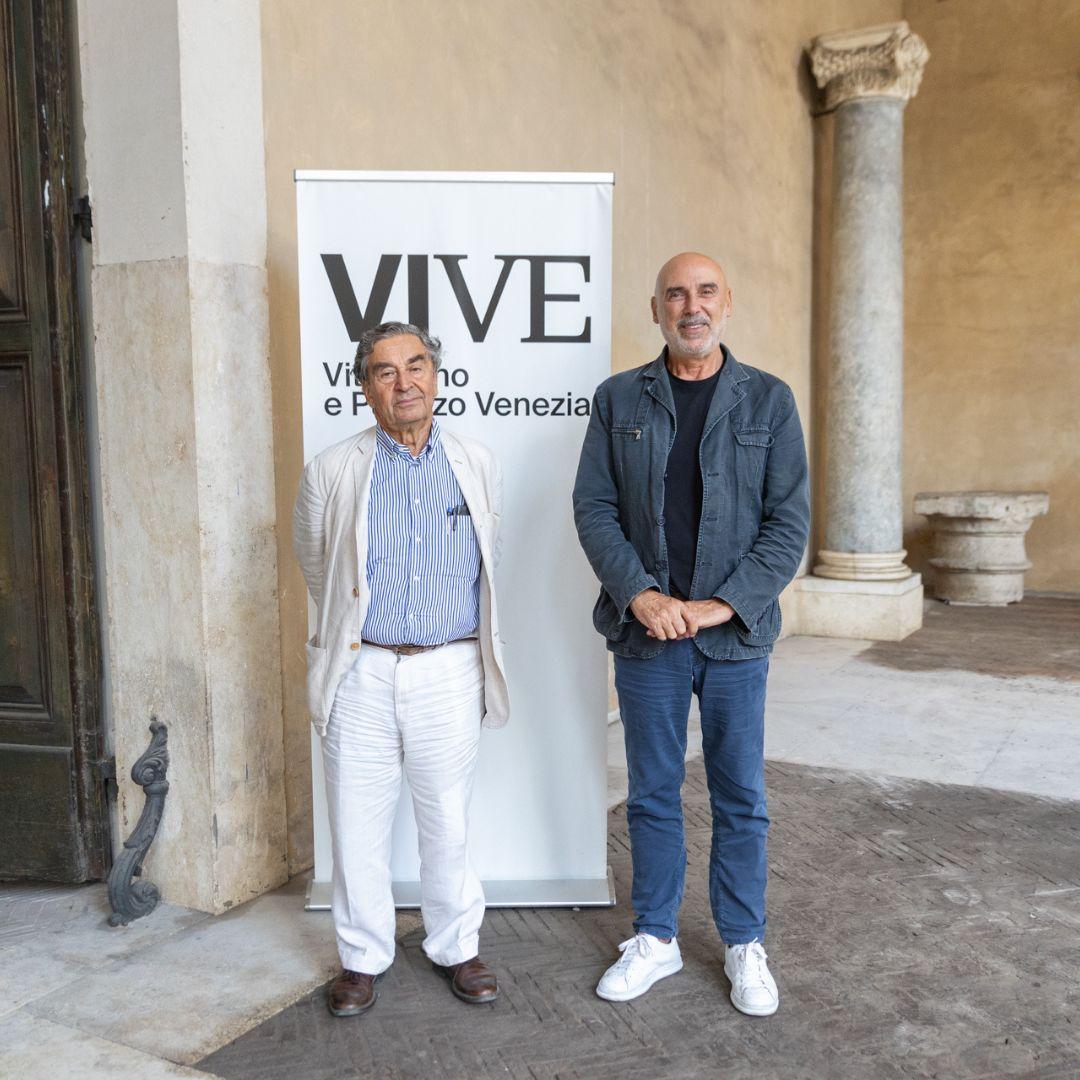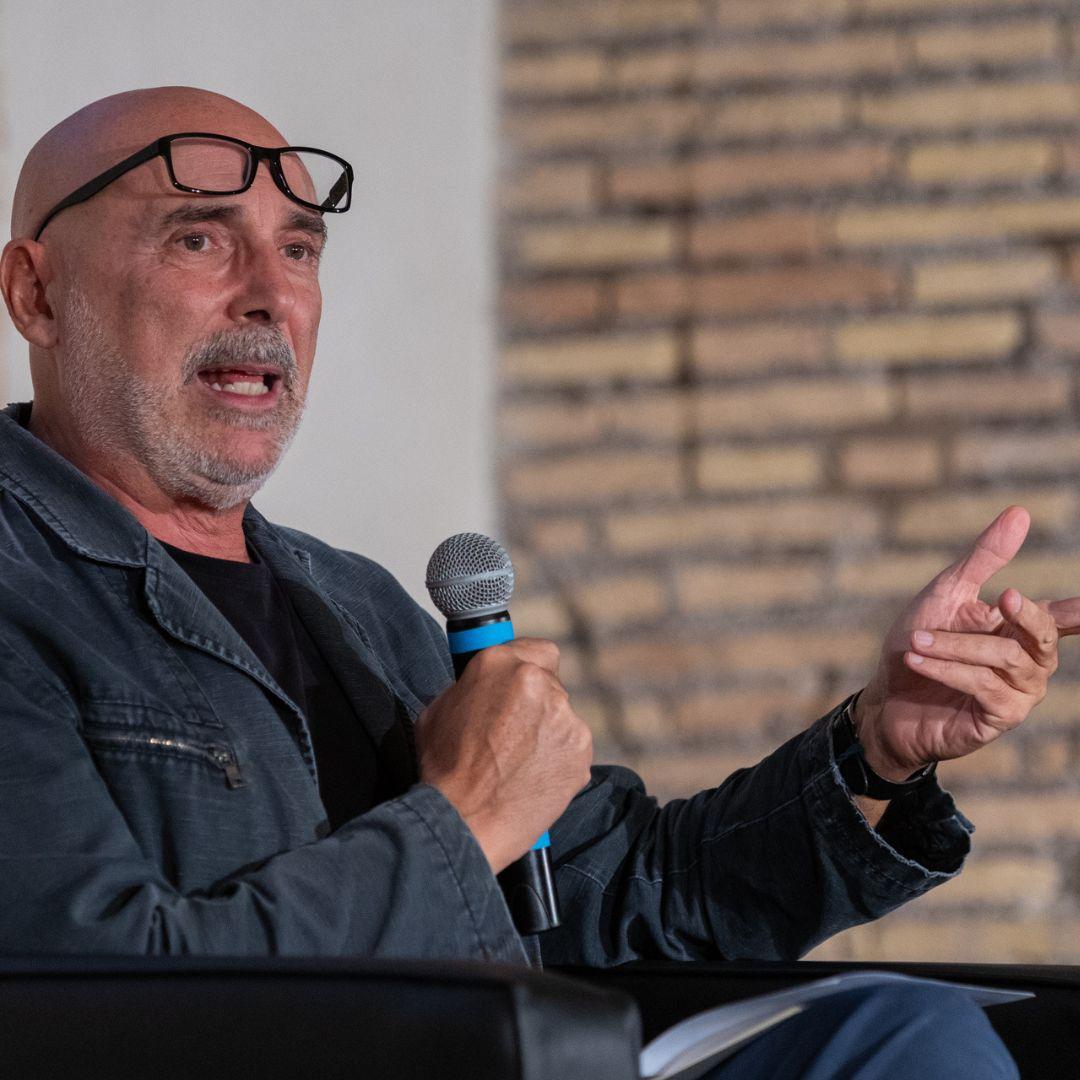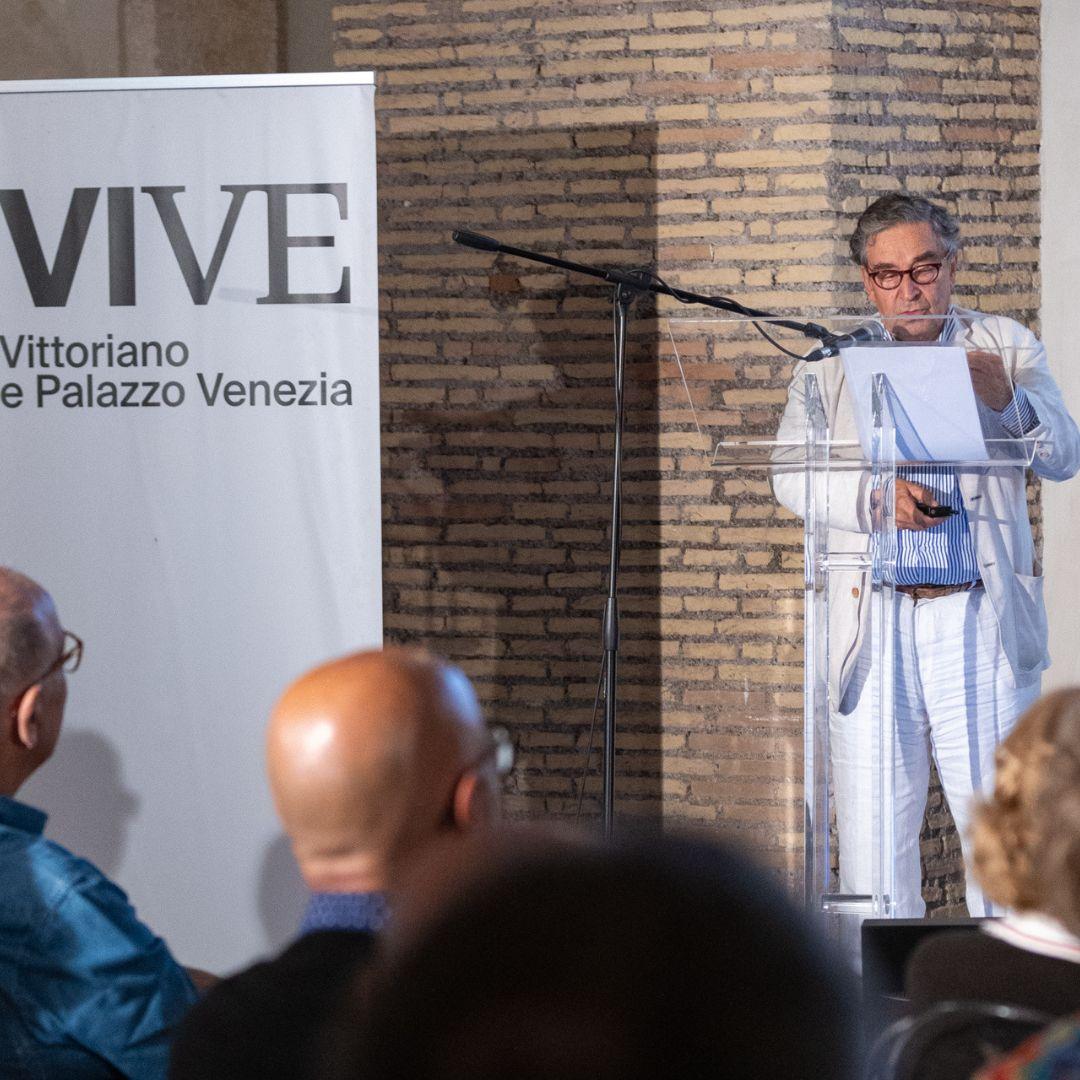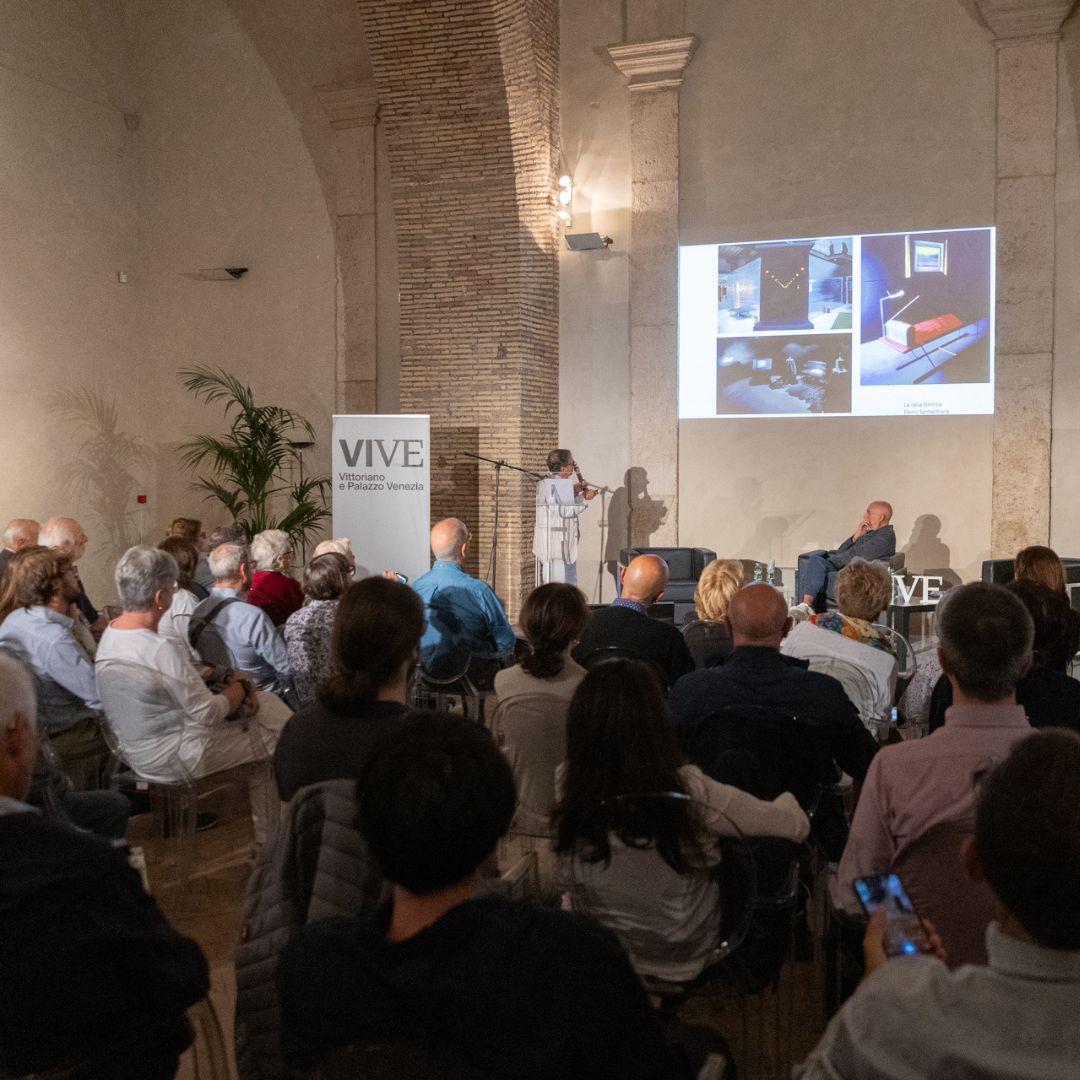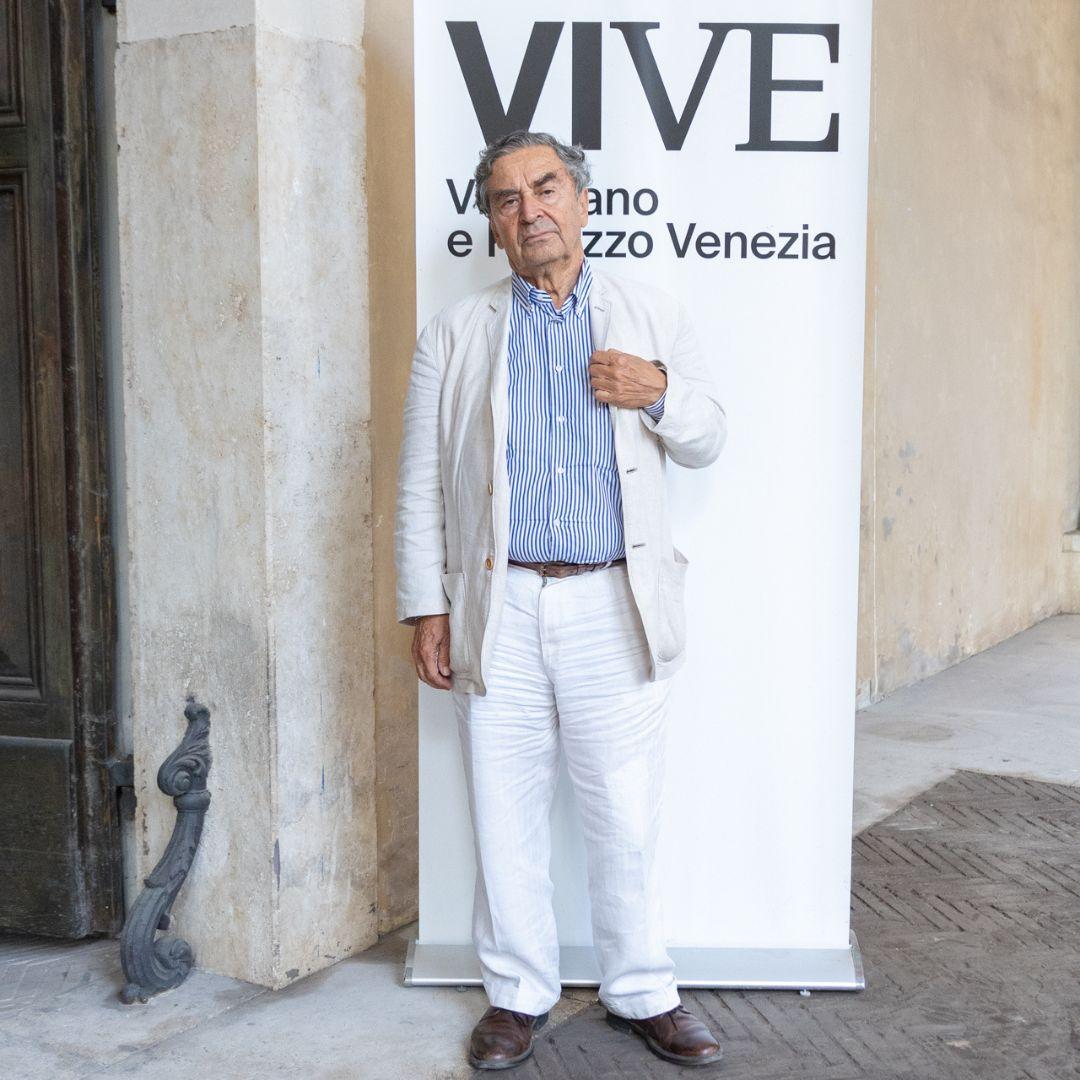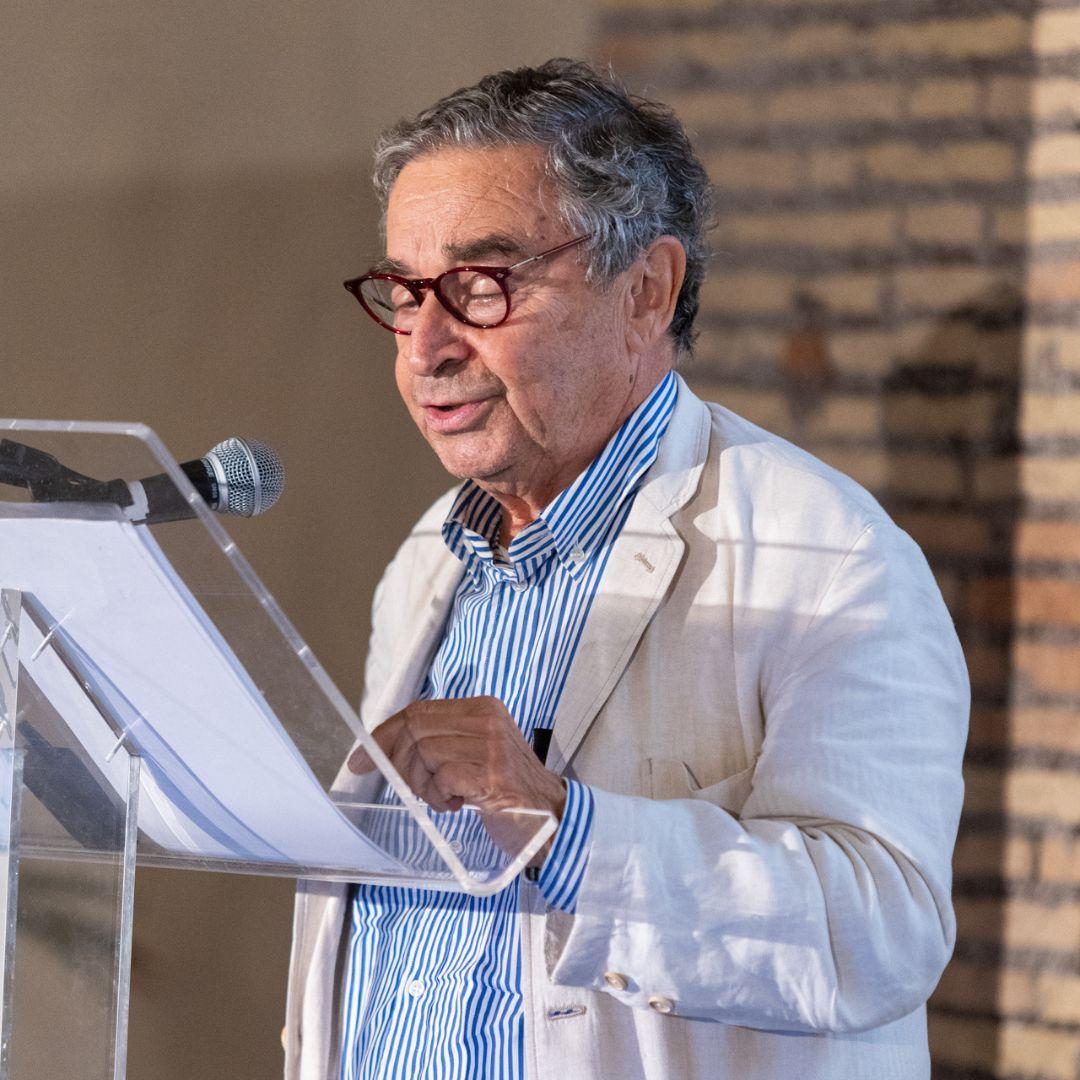SERIES: Building telling architecture
SPEAKER: Franco Raggi, architect
DATE: Thursday 26 September, 6 pm
A project is trivially a technical procedure for improving the state of things. If a project does not improve the state of things, it is a bad project or, at best, a useless project.
If it improves them, it is a good project. Unfortunately, what is not easy to define is the concept of “improvement.” If we step outside, as of necessity, the purely functional aspect of satisfying performance, we find that a functional project/object can be unpleasant, ugly, insufficient, or, at best, irrelevant. The relevance of a project then, after satisfying the mere function, is based on the communication quotient of others, that is, on the ability to tell, evoke, deny, and sublimate a condition of relationship with the overall context in which the project is placed. Historical, technical, aesthetic and I would even say ethical context when a project/object suggests a critical and poetic vision together of the state of things.
Through the illustration of the work of others and my own, I will try to tell how the communicative power of a project is based on the declination of opposites, the invention of unexpected juxtapositions, the unraveling of contradictions, the denial of its function itself or its poetic deformation, and finally on the ability to tell all this with a synthetic gesture that seeks to make sense of making and time.

